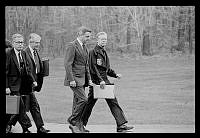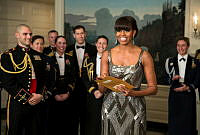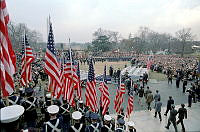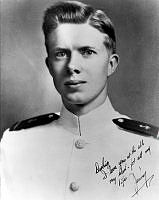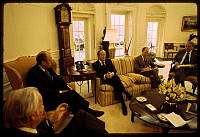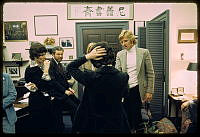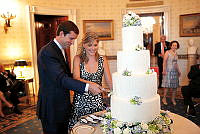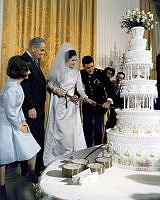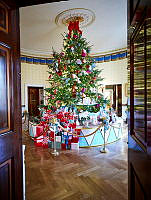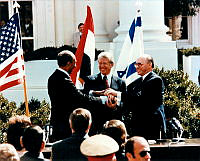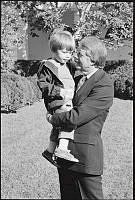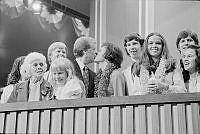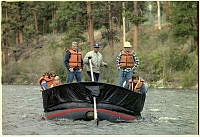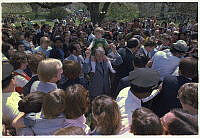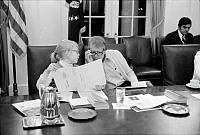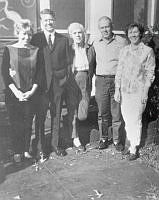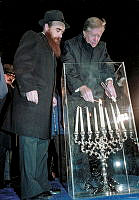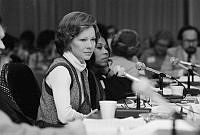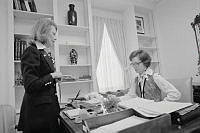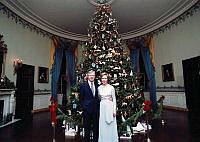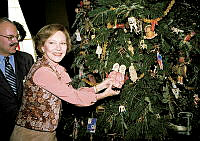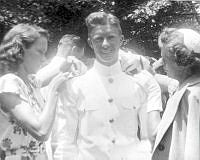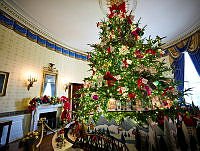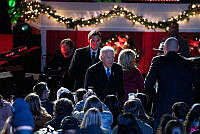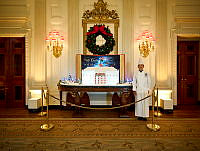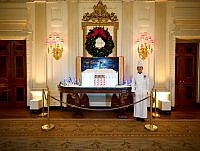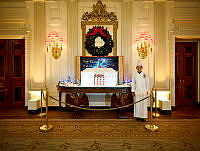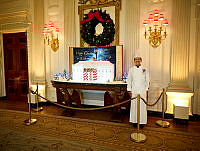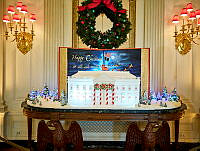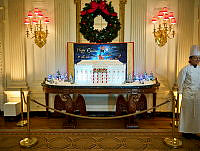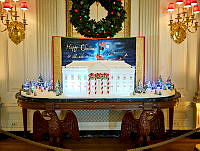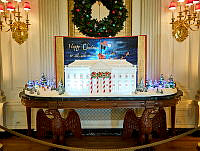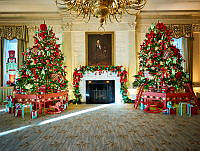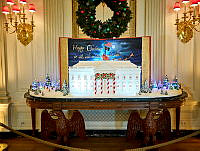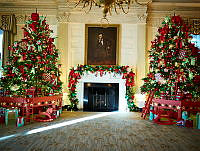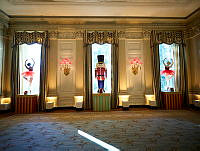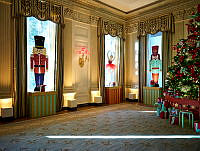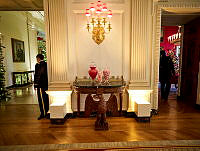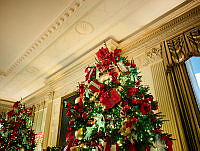Foreword; White House History (Number 28)
Copyright © Fall 2010 White House Historical Association. All rights reserved under international copyright conventions. No part of this article may be reproduced or utilized in any form or by any means, electronic or mechanical, including photocopying, recording, or by any information storage and retrieval system, without permission in writing from the publisher. Requests for reprint permissions should be addressed to books@whha.org

Pictured here is the Air Force One that carried President Ronald Reagan. It has retired to a permanent hangar in the Ronald Reagan Presidential Library, Simi Valley California, sharing space with ground-bound presidential transportation.
Mobility is essential to the presidency. The necessity of reaching the far-flung corners of the U.S.A. seems a requirement. It always has been achieved to the extent the times permit. For George Washington travel seems to have been a simpler matter, although the nation was smaller, the roads muddier. He journeyed by coach to the east and on his southern tour in 1791 he met James Hoban, the man who was to build the White House for him. James Monroe, on his eastern tour, read a New England newspaper that described his time as the “era of good feelings,” and delighted in the name, which survives. When under James K. Polk the nation’s lands extended to the Pacific, comprehensive travel became more problematic. You will see in this issue that President Cleveland stopped at the Mississippi River on his tour westward from the capital.
Yet already in 1883 President Chester A. Arthur had journeyed to Yellowstone; after Cleveland, Harrison was the first to go to California, followed by McKinley only months before his assassination, and in 1903, Theodore Roosevelt, who entered San Francisco in triumph by automobile, a means of transportation he disapproved. On the facing page President Obama, on a speaking tour like his predecessors, pauses to look in wonder at the mighty walls of the Grand Canyon.
The means by which the presidents traveled had much to do with the increase in their travels. For early presidents the horse was fine, until they saw the steamboat. Andrew Jackson bridged the turn from horse to technology. He went to the White House by coach and returned to Tennessee eight years, borne in succession by coach, railroad, steamboat and at last to the Hermitage in a coach we featured in an earlier issue. Taft brought the automobile to the White House in 1909.
The articles in White House History this fall present some different aspects of presidential transportation from the late nineteenth century to the present, showing how hooves, wheels and wings have mobilized the presidency from the twilight of the age of the horse to our own time.














